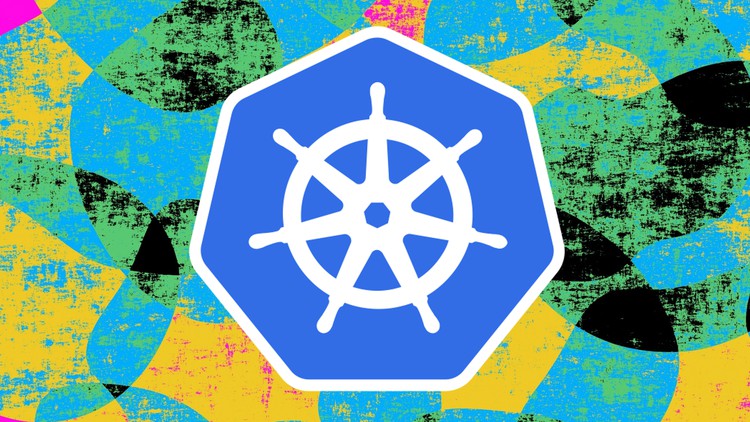
Minikube A Beginners guide
What you will learn
kubernetes : A Simple Introduction
Minikube Introduction
Deployment
Secret and ConfigMap
Description
This course is a beginners guide to Minikube .
Minikube is local Kubernetes, focusing on making it easy to learn and develop for Kubernetes.
All you need is Docker (or similarly compatible) container or a Virtual Machine environment, and Kubernetes is a single command away: minikube start
What you’ll need
-
2 CPUs or more
-
2GB of free memory
-
20GB of free disk space
-
Internet connection
Highlights
-
Supports the latest Kubernetes release (+6 previous minor versions)
-
Cross-platform (Linux, macOS, Windows)
-
Deploy as a VM, a container, or on bare-metal
-
Multiple container runtimes (CRI-O, containerd, docker)
-
Docker API endpoint for blazing fast image pushes
-
Advanced features such as LoadBalancer, filesystem mounts, and FeatureGates
-
Addons for easily installed Kubernetes applications
-
Supports common CI environments
This course will have sample examples and is meant for beginers to kubernetes and Docker
Kubernetes, also known as K8s, is an open-source system for automating deployment, scaling, and management of containerized applications.
It groups containers that make up an application into logical units for easy management and discovery. Kubernetes builds upon 15 years of experience of running production workloads at Google, combined with best-of-breed ideas and practices from the community.
Hope you enjoy this course and happy learning and please do not forget to review my course
Thank you and see you later
Also Please check out my other courses as well
Good Luck
Content